Marketers across the globe are focused on two things – one is to drive conversions of visitors to leads, and secondly, to convert these leads into loyal customers. Getting traffic to your website is one part, converting these visitors into leads, and then into customers is a different challenge altogether. Inbound marketing IS about getting found by potential leads and organically converting into leads. That doesn’t mean there is nothing a marketer like you can do. Infact, capturing lead information can be made interactive and convincing with a technique more popularly known as Progressive Profiling.
Businesses are in constant pursuit of improving brand-user engagement and boosting conversion rates. To that end, a ton of great content is produced to stimulate interest in a brand and attract potential customers.
Once they land on your website, the logical first step is to gather enough information about your new visitors, not just to make them a part of your sales and marketing funnel but also to get to know them better for improved conversion chances. And that’s where things get tricky.
Marketers are afraid to overwhelm their new users with questions and queries.
This is the primary reason why marketers now opt to ask lesser questions, or in other words, ask what matters. It is not any random form but a highly personalized lead capturing process. Marketers realize the importance of having a proper user persona in place, so that their marketing efforts are channeled towards the relevant audience that is actively looking for the kind of product being sold and is willing to pay for it, they also understand that the same audience isn’t very receptive to answering questions, particularly on the first contact. In comes, Progressive Profiling.
What is Progressive Profiling?
[heading size=”16″]With Progressive Profiling, you can customize the form fields your website visitors see, based on the form fields they’ve already filled out earlier.[/heading]For instance, if a visitor visits your website for the first time, the form fields may include –
- Name
- Business Email
- Company Details
When this visitor comes to your website for the second time, the form fields that he/she will see may be:
- Location
- Designation in the company
In short,
Progressive Profiling makes use of iterative forms that alter based on the lead information provided at each step. Share on XComScore, one of the trusted platforms when it comes to digital reports and business data, implements progressive profiling smartly. When I visited their site to download a report for the first time, I filled out a form to get my copy of the report. The form looked like this:

I got my report and I left. After two days, when I again found another report to download, I saw a new form, which had my email ID already mentioned as per my previous details. The website and “would you like to be contacted” field was empty. Compared to the first form I saw, there were only two fields for me to fill up. This is a classic example of progressive profiling –

However, not all progressive profiling starts with a conventional form. At times, forms come at the second step as well. For instance, when I was going through one of the lead capturing blogs on Albacross, a platform that helps in identifying website visitors, I did not get a conventional form to fill up at the first step. Although it was my first visit to this platform, I saw this first:
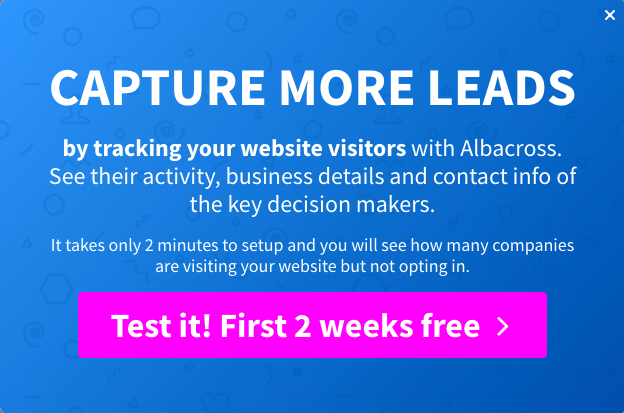
The message was clear and was quite convincing. I mean getting to know and tracking your website visitors is something we all want to do, and that too free for 2 weeks was a bonus. On clicking the CTA, it took me to the next page where there was a small form –
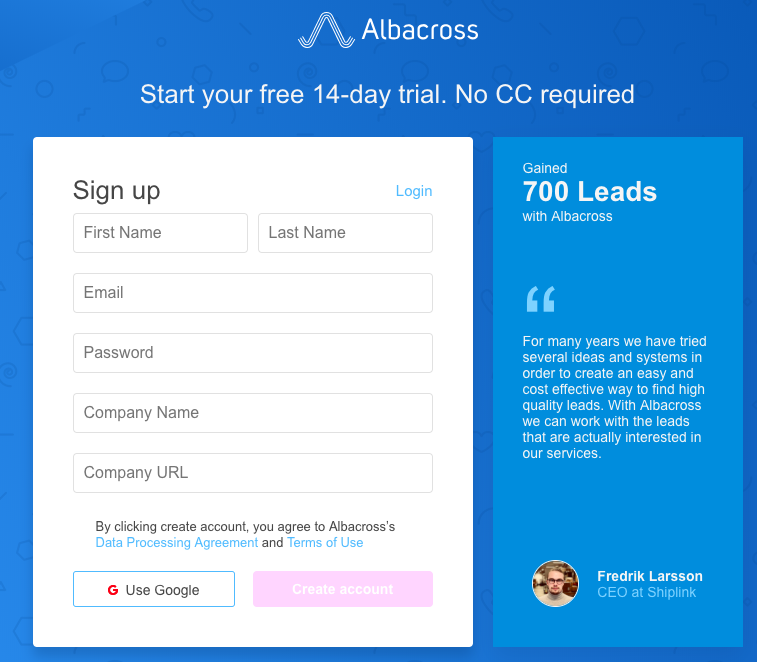
I could either fill up the form, i.e. create an account, or simply sign-up with Google. It had only a few important fields to fill up incase I wanted to set up an account. I had the option of skipping the form altogether and get going through the social signup option.
Still Not an User of Aritic PinPoint Automation?
Progressive Profiling and the Three Stages of Lead Conversion Cycle
In the marketing lexicon, the users who have just discovered your brand or blog are ToFu, short for Top of the Funnel Users.
ToFu is the first brand-customer touchpoint. A ToFu lead would not be interested in answering too many questions or providing contact details, considering they have just discovered you and are focussed on finding out whether your website is worth sticking around.
How do you make sure that the ToFu users are not put off by the registration forms that ask of them to enter details like name, email, job title, company name, and then proceed to create usernames and password that must be remembered for future visits? The fact remains,
You can’t coerce users to create new accounts on your website, though you can help your cause by having shorter forms. Share on XLesser the number of fields in a form, the more likely a user is to fill it out. Marketers know that a first-time user is focussed on gathering information from a given web page and is the least bit interested in giving away contact details or answering questions.
[heading size=”16″]Progressive profiling is an approach that highlights how data provided by a given prospect is directly proportional to the engagement and trust-levels between the brand and that prospect. This profiling focuses on the ToFu leads but gradually works its magic while a prospect moves through all the 3 different stages in a sales funnel – ToFu stage (Top of the Funnel), MoFu (Middle of the Funnel when a lead converts from the ToFu stage) and BoFu (when you are continually engaging your lead through MoFu content to nudge them towards becoming a paying customer).[/heading]All through this lifecycle, the more information you feed into the system, the better are the conversion chances.
Going back to progressive profiling addressing the ToFu needs, if your website presents the content that educates the new user and addresses their pain points, nudging them to revisit, that’s when the needle starts to move towards your marketing goals.
Implementing progressive profiling using Aritic PinPoint
Aritic PinPoint forms are smart and have numerous field options which makes form building easy. It offers dynamic content on forms so that you can create multiple versions of one form based on user behavior, lead stages, and events. Throughout your lead’s lifecycle, progressive forms act as a bridge, connecting you with your leads better at each stage and helping in activating your leads from one marketing stage to another.
Aritic PinPoint lets you create a form and in settings, you can simply turn-on behavior-based form fields to get your progressive profiling in place. When you turn on the behavior-based monitoring, you will need to define the fields you want to show at each juncture and then go ahead and make your form live.
When we turn on autofill, if the visitor tries to fill the form for the second or third time, all the information that he/she had entered previously will be shown. Take a look at how Progressive Profiling can be done within Aritic PinPoint.
Stage 1: Awareness
As users start to spend more time on your website and also revisit it to learn more about your products and services, they become more receptive to sharing the specific details with you, especially when you are offering incentives like tip sheets, whitepapers or ebooks in exchange of those details.
At this stage, the users can be expected to respond to longer forms that require not just more typing but also giving away information that they may not be comfortable sharing with a just discovered business. Therefore, the forms or surveys can have questions requiring more specific information, such as industry, job title, expectations from a product, etc. For instance, we ask only for name, business email and contact number to our first-time visitors.
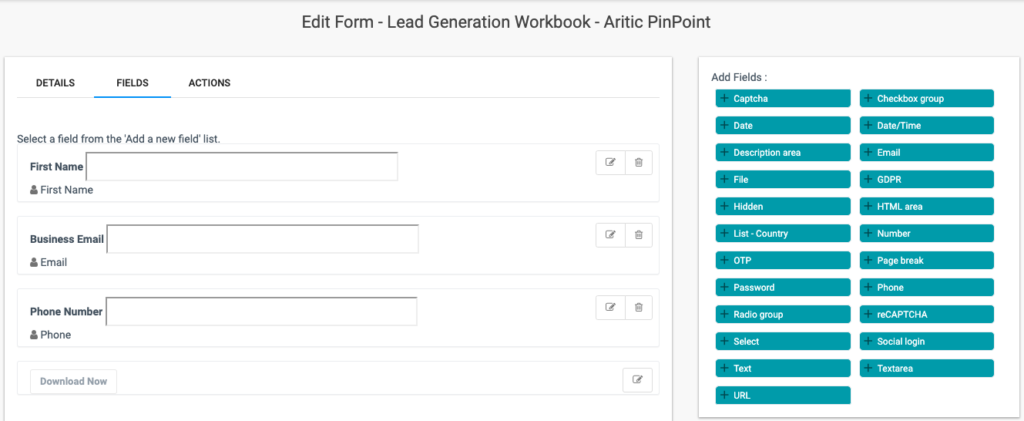
We want them to visit our website again and we want to make way for that. While search engines can be one way, we also add a small checkbox at the end of our forms to opt-in for email newsletters and updates.
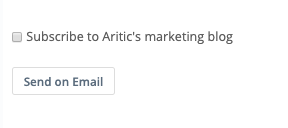
If our first-time visitors opt for emails, we immediately add them to our email marketing funnel. These visitors are now our leads.
At times, many visitors don’t want to opt for any marketing communications at all in the first go. When these visitors visit our website for the second time to download another asset, we iterate our form fields based on their previous data input. For our second time recurring visitors, we use form fields like:

It may so happen that the visitor visits your website directly after the first asset download. In that case, you can urge for a demo scheduling or a tour of your product and ask them to fill in some more details like job profile, job designation, company location.
Stage 2: Consideration
This consideration stage covers more bases than the other two stages, primarily because leads stay in this stage longer. After they have shortlisted the different service providers, they spend a decent amount of time evaluating the different options So after you collect specific details to qualify leads based on parameters like industry, job title, etc., you can ask for information that helps in deeper segmentation, like company name, company customers, size, etc.
For instance, when our leads visit our webpages on account-based marketing or pricing page, we tend to show up a quick form asking for company details, size of the company, and whether they’d like to talk to an executive about either ABM or pricing details (depending on which page they are in). Also, the form fields depending on what information we have of that lead.
In short, it is dynamic content on forms that help us create multiple versions of one form.
Stage 3: Decision
Then comes the decision stage. At this point, the leads start to ask for information pertaining to your product features and pricing or even ask for a product demo. You can get them to tell them about the scope of their expectations, their budget range, what are they looking for in a plan or whether they want a custom plan to be created for them, etc. The sales team highly appreciates such leads because they have been well nurtured for conversion.
Essentially, progressive profiling serves as a filter at each stage of customer-brand interaction that keeps you from having unnecessary forms or fields that may be redundant in context to a specific point in the user journey. Below is a sample of the flow of progressive profiling.

What happened when we started using Progressive Profiling?
We started digging out data about our leads – from their website behavior pattern to email engagement rates. We observed the social media engagements of our leads and also analyzed our lead sources. We turned on our behavior-based forms to nurture our leads at every juncture. We included small forms at each stage based on how they were behaving on the Aritic PinPoint website, blogs, and social media pages.
After a month of continuously tracking and iterating our forms, we discovered a 20% increase in our overall conversion rate.
How we did it?
- Progressive profiling helped us to figure out which stage of the sales funnel a lead is in, so that it can be nudged further down the funnel
- With access to more data, the marketing campaigns, messaging, and segmentation was more focused.
- When done right, progressive profiling helped in evolving the buyer personas over time, based on the changing needs, market environment, and response to the messaging.
- Because a rapport had been developed between the lead and the brand already, the leads became more receptive to the emails or other communications messages.
- Progressive profiling put our marketers in a position wherein they could touch base with the leads when they were closer to making the purchasing decision and customize their messaging accordingly. Eventually, this led to our 20% conversion rate in 30-days.
In Conclusion,
Progressive profiling puts data-based decision-making right at the front and center of lead capturing and nurturing. Marketers can ditch the traditional form of marketing, where strategies are based on instincts and supposed expertise, for a method where knowledge about a given customer is extracted from robust data sets.
Progressive profiling helped us nurture our leads effectively, so much so that the content being put out and promoted drew in the right audience, resonated with their needs, and triggered faster conversions.
⭐ What is a conversion funnel?
A conversion funnel is a marketing strategy that allows you to track the steps customers take from casual visitors to buying customers, and everything in between.
⭐ What is a good conversion rate?
A good conversion rate is a method to track conversion rates for your website based on effective messaging.
⭐ What is an email conversion rate?
Email conversion rate is the ratio of customers that buy from your business after receiving an email. If a customer clicks on your email and makes a purchase, it’s considered a conversion.
⭐ What does the conversion rate indicate?
A conversion rate is the percentage of people who take the desired action on your site. It’s a simple metric for measuring how effective your online marketing efforts are at converting people into buyers, subscribers, or donors.
Execute Effective Marketing Automation Workflows Now
⭐ What is a unified customer strategy?
We should have the right marketing technologies in place to create meaningful engagement once the customer buys the product or services.
⭐ How do you create a customer journey experience?
Let’s begin with the complete Customer Journey lifecycle:
a) Understand the purchaser’s persona.
b) Determine the customer’s goal.
c) Identify customer touchpoints.
d) Understand buyers’ pain points and provide solutions
⭐ What is lead scoring?
Lead scoring is a key strategy for developing productive sales teams. By assigning points to each lead based on their level of interest in your product or service, you can rank the leads and determine which ones are likely to become paying customers.
⭐ How Lead Scoring System works?
Prospects earn points for every activity in the sales funnel and after noting the total points, they are considered potential prospects.



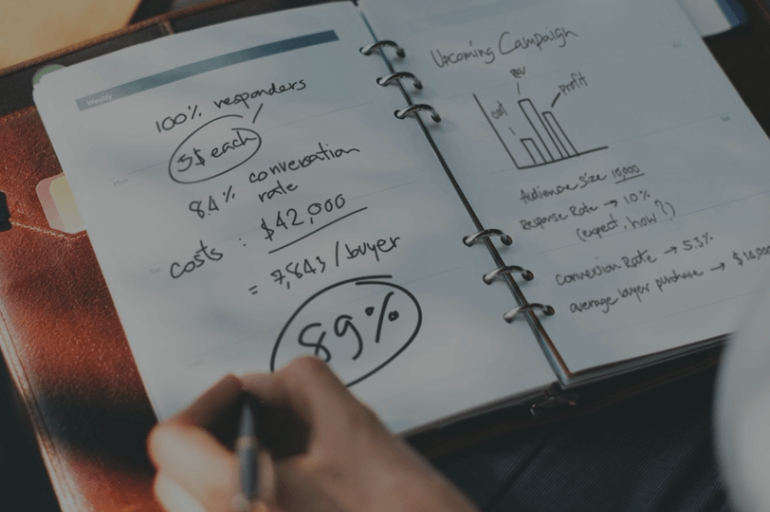
1 Comment
I believe it’s not easy to get more paying customers with just offers. Bravo for the article, as it really brings more light on the profiling and conversion outlook.